#biodegrade
Explore tagged Tumblr posts
Text
SciTech Chronicles. . . . . . . . . . . . . . . . . . . . .Jan 18, 2025
#P3HB#adhesive#reusable#biodegradable#geothermal#Borobotics#Grabowski#heat-pump#Nitrogen#isotope#plant-based#enamel#light#heavy#PET#bacteria#DNA#biodegrade#Microplastics#ELIZA#chatbot#Weizenbaum#MAD-SLIP#Lisp
0 notes
Text
From the article:
Researchers led by Takuzo Aida at the RIKEN Center for Emergent Matter Science (CEMS) have developed a durable plastic that won’t contribute to microplastic pollution in our oceans. The new material is as strong as conventional plastics and biodegradable, but what makes it special is that it breaks down in seawater. The new plastic is therefore expected to help reduce harmful microplastic pollution that accumulates in oceans and soil and eventually enters the food chain.
#biodegradable plastic#plastic#microplastic#microplastic pollution#plastic pollution#ocean pollution#ocean conservation#good news#hope#hopepunk#habitat#environment#ecology
940 notes
·
View notes
Text

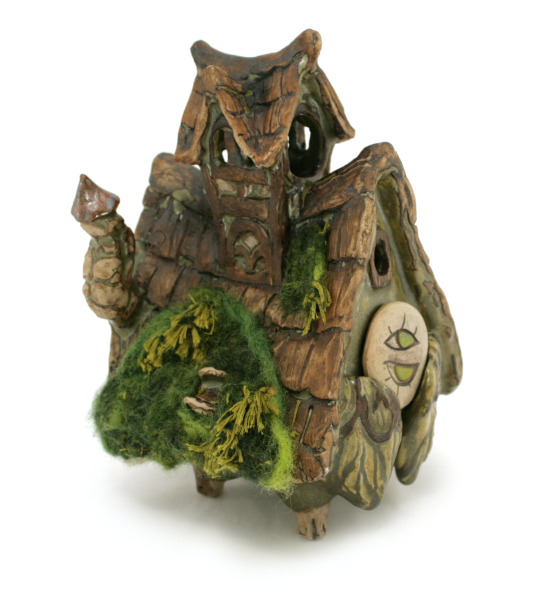


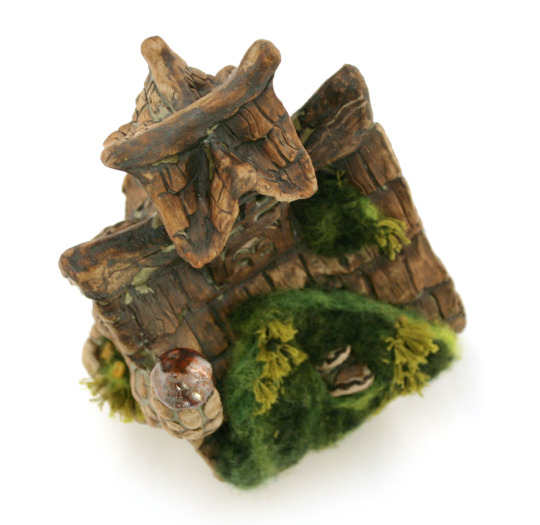
Mossy mushroomy A-frame cabin commission, with its little pals
I got no photos of my favorite design decision: ceramic "rafters" supporting the needlefelted moss. They'll get their time to shine whenever the felt biodegrades, which will be a while.
#little clay fellows#for this one i got sent an entire pinterest board. and it was delightful#apparently wool takes 3 months to 2 years to biodegrade when buried. not so likely for this guy i will say
2K notes
·
View notes
Text

Welcome to my Tuesday morning PSA about plastics!
So--I was walking along the Bolstadt beach approach sidewalk here in Long Beach, WA yesterday afternoon, and I started seeing these little orange pellets on the ground that looked a little bit like salmon roe (but probably weren't). So I picked one up, and it was most definitely rubber. I went around picking up every one I could find, and while I didn't keep exact count I probably amassed 50-60 of them. I took this picture before depositing them in the nearest trash can.
These are airsoft gun pellets, and you can buy them in big jars containing thousands of them. That means that someone who decided that the beach was a great place to shoot their airsoft guns could easily litter the place with countless little bits of plastic rubber in less than an hour. We already have a huge problem here with people leaving trash, including tiny bits of plastic, all over the beach (you should see the gigantic mess after 4th of July fireworks when thousands of people come in from out of town, blow things up, and then leave again without picking up after themselves.)
But these airsoft pellets have a particularly nasty side effect. You know how my first thought was "wow, those look kind of like salmon roe?" Well, we have a number of opportunistic omnivore birds like crows, ravens, and several species of gull that commonly scavenge on the beach, especially along the approaches because people often feed them there. If I can catch the resemblance of an orange airsoft pellet to a fish egg, then chances are there are wildlife that will assume they're edible.
Since birds don't chew their food, they probably won't notice that the taste or texture is wrong--it'll just go down the hatch. And since they can't digest the pellets, there's a good chance they might just build up in the bird's digestive system, especially if the bird eats a large number of them--say, fifty or sixty of them dropped on the ground along the same fifty foot stretch of sidewalk. The bird might die of starvation if there's not enough capacity for food in their stomach--or they might just die painfully of an impacted gut, and no way to get help for it. If the pellets end up washed into the ocean, you get the same issue with fish and other marine wildlife eating them, and then of course the pellets eventually breaking up into microplastic particles.
You can get biodegradable airsoft pellets; they appear to mainly be gray or white in color rather than bright screaming orange and green. But "biodegradable" doesn't mean "instantly dissolves the next time it rains." An Amazon listing for Aim Green biodegradable airsoft pellets advertise them as "Our biodegradable BBs are engineered to degrade only with long-term exposure to water and sun and will degrade 180 days after being used." That's half a year for them to be eaten by wildlife.
I don't know, y'all. That handful of carelessly dropped rubber pellets just encapsulates how much people don't factor in the rest of nature when making decisions, even on something that is purely for entertainment like an airsoft gun. We could have had a lot of the same technological advances we have today, but with much less environmental impact, if we had considered the long-term effects on both other people and other living beings, as well as our habitats. We could have found ways from the beginning to make these things in ways that benefited us but also mitigated any harm as much as possible. Instead we're now having to reverse-engineer things we've been using for decades, and sometimes--like the "biodegradable" airsoft pellets--they still have a significant negative impact.
But--at least there are people trying to do things better, thinking ahead instead of just on immediate profit. We're stuck in a heck of a mess here, figuratively and literally, and changing an entire system can't be done in a day. Maybe we can at least keep pushing for a cultural shift that emphasizes planning far into the future--if not the often-cited "seven generations ahead", then at least throughout the potential lifespan of a given product.
#plastics#microplastics#environment#environmentalism#conservation#nature#pollution#litter#birds#tw animal death#animal welfare#ecology#science#wildlife#animals#scicomm#pnw#airsoft#biodegradable#solarpunk
4K notes
·
View notes
Text
Good News - July 22-28
Like these weekly compilations? Tip me at $kaybarr1735 or check out my new(ly repurposed) Patreon!
1. Four new cheetah cubs born in Saudi Arabia after 40 years of extinction

“[T]he discovery of mummified cheetahs in caves […] which ranged in age from 4,000 to as recent as 120 years, proved that the animals […] once called [Saudi Arabia] home. The realisation kick-started the country’s Cheetah Conservation Program to bring back the cats to their historic Arabian range. […] Dr Mohammed Qurban, CEO of the NCW, said: […] “This motivates us to continue our efforts to restore and reintroduce cheetahs, guided by an integrated strategy designed in accordance with best international practices.””
2. In sub-Saharan Africa, ‘forgotten’ foods could boost climate resilience, nutrition

“[A study published in PNAS] examined “forgotten” crops that may help make sub-Saharan food systems more resilient, and more nutritious, as climate change makes it harder to grow [current staple crops.] [… The study identified 138 indigenous] food crops that were “relatively underresearched, underutilized, or underpromoted in an African context,” but which have the nutrient content and growing stability to support healthy diets and local economies in the region. […] In Eswatini, van Zonneveld and the World Vegetable Center are working with schools to introduce hardy, underutilized vegetables to their gardens, which have typically only grown beans and maize.”
3. Here's how $4 billion in government money is being spent to reduce climate pollution

“[New Orleans was awarded] nearly $50 million to help pay for installing solar on low to middle income homes [… and] plans to green up underserved areas with trees and build out its lackluster bike lane system to provide an alternative to cars. […] In Utah, $75 million will fund several measures from expanding electric vehicles to reducing methane emissions from oil and gas production. [… A] coalition of states led by North Carolina will look to store carbon in lands used for agriculture as well as natural places like wetlands, with more than $400 million. [… This funding is] “providing investments in communities, new jobs, cost savings for everyday Americans, improved air quality, … better health outcomes.””
4. From doom scrolling to hope scrolling: this week’s big Democratic vibe shift

“[Democrats] have been on an emotional rollercoaster for the past few weeks: from grim determination as Biden fought to hang on to his push for a second term, to outright exuberance after he stepped aside and Harris launched her campaign. […] In less than a week, the Harris campaign raised record-breaking sums and signed up more than 100,000 new volunteers[….] This honeymoon phase will end, said Democratic strategist Guy Cecil, warning the election will be a close race, despite this newfound exuberance in his party. [… But v]oters are saying they are excited to vote for Harris and not just against Trump. That’s new.”
5. Biodegradable luminescent polymers show promise for reducing electronic waste

“[A team of scientists discovered that a certain] chemical enables the recycling of [luminescent polymers] while maintaining high light-emitting functions. […] At the end of life, this new polymer can be degraded under either mild acidic conditions (near the pH of stomach acid) or relatively low heat treatment (> 410 F). The resulting materials can be isolated and remade into new materials for future applications. […] The researchers predict this new polymer can be applied to existing technologies, such as displays and medical imaging, and enable new applications […] such as cell phones and computer screens with continued testing.”
6. World’s Biggest Dam Removal Project to Open 420 Miles of Salmon Habitat this Fall

“Reconnecting the river will help salmon and steelhead populations survive a warming climate and [natural disasters….] In the long term, dam removal will significantly improve water quality in the Klamath. “Algae problems in the reservoirs behind the dams were so bad that the water was dangerous for contact […] and not drinkable,” says Fluvial Geomorphologist Brian Cluer. [… The project] will begin to reverse decades of habitat degradation, allow threatened salmon species to be resilient in the face of climate change, and restore tribal connections to their traditional food source.”
7. Biden-Harris Administration Awards $45.1 Million to Expand Mental Health and Substance Use Services Across the Lifespan
““Be it fostering wellness in young people, caring for the unhoused, facilitating treatment and more, this funding directly supports the needs of our neighbors,” said HHS Secretary Xavier Becerra. [The funding also supports] recovery and reentry services to adults in the criminal justice system who have a substance use disorder[… and clinics which] serve anyone who asks for help for mental health or substance use, regardless of their ability to pay.”
8. The World’s Rarest Crow Will Soon Fly Free on Maui

“[… In] the latest attempt to establish a wild crow population, biologists will investigate if this species can thrive on Maui, an island where it may have never lived before. Translocations outside of a species’ known historical range are rare in conservation work, but for a bird on the brink of extinction, it’s a necessary experiment: Scientists believe the crows will be safer from predators in a new locale—a main reason that past reintroduction attempts failed. […] As the release date approaches, the crows have already undergone extensive preparation for life in the wild. […] “We try to give them the respect that you would give if you were caring for someone’s elder.””
9. An optimist’s guide to the EV battery mining challenge
““Battery minerals have a tremendous benefit over oil, and that’s that you can reuse them.” [… T]he report’s authors found there’s evidence to suggest that [improvements in technology] and recycling have already helped limit demand for battery minerals in spite of this rapid growth — and that further improvements can reduce it even more. [… They] envision a scenario in which new mining for battery materials can basically stop by 2050, as battery recycling meets demand. In this fully realized circular battery economy, the world must extract a total of 125 million tons of battery minerals — a sum that, while hefty, is actually 17 times smaller than the oil currently harvested every year to fuel road transport.”
10. Peekaboo! A baby tree kangaroo debuts at the Bronx Zoo

“The tiny Matschie’s tree kangaroo […] was the third of its kind born at the Bronx Zoo since 2008. [… A] Bronx Zoo spokesperson said that the kangaroo's birth was significant for the network of zoos that aims to preserve genetic diversity among endangered animals. "It's a small population and because of that births are not very common," said Jessica Moody, curator of primates and small mammals at the Bronx Zoo[, …] adding that baby tree kangaroos are “possibly one of the cutest animals to have ever lived. They look like stuffed animals, it's amazing.””
July 15-21 news here | (all credit for images and written material can be found at the source linked; I don’t claim credit for anything but curating.)
#hopepunk#good news#cheetah#extinct species#africa#nutrition#food#farming#gardening#pollution#climate#climate change#climate crisis#democrats#us politics#us elections#kamala harris#voting#recycling#biodegradable#technology#salmon#habitat#fish#mental illness#mental health#substance abuse#hawaii#electric vehicles#zoo
851 notes
·
View notes
Text
if you try to buy shoes or a belt these days the product description on the website will be like "a new Premium Vegan Leather made from recycled water bottles and discarded apple skins from the apple juice industry!!!" well i would like it to be made out of discarded cow skins from the cow industry. is that an option.
#sorry for being a real leather snob but it will happen again#i try to minimise the amount of meat i eat mainly for environmental reasons#but we're never gonna get to a 100% animal product free society and i don't think we should try to!#and replacing animal derived products with Yet More Plastic is an option that's pretty counter to my goals anyway.#i will take the dead cow shoes and wear them for ten+ years thank you#modern leather manufacturing means they probably won't biodegrade all THAT gracefully when i'm done with them#still better than polyurethane though.
295 notes
·
View notes
Text
Saype, born Guillaume Legros, is a French artist living in Bulle, Switzerland. A self-taught artist, Saype’s giant biodegradable artworks adorn fields, are best seen by drones and last only days. The artist is represented by MTArt Agency since 2018. Beginning his career as a young graffiti artist, Saype’s work quickly gained recognition and became highly sought after, resulting in him landing his first gallery exhibition at age 16. Saype is a pioneer of the land art movement, focusing upon large scale biodegradable paintings with strong social messages.
Using 100% biodegradable paint composed of water, chalk, coal and casein, Saype’s ephemeral land artwork disappears after a month due to regrowth of the grass it is painted upon, the weather and the passage of visitors. With each project he completes, his recognition grows, capturing the attention of those on social media as well as landing extensive global media coverage. Career highlight for Saype have included gaining thanks from the Swiss President, Doris Leuthard, for the social vision of his art, in 2017, and following that in 2018, the publication of his book, ‘Green Art’, which highlights the innovative qualities of the biodegradable paint Saype has created.
2K notes
·
View notes
Text
Mohammed Azhar Mohiuddin's company 'Bio Reform' uses innovative biotechnology processes to manufacture eco-friendly, biodegradable, and compostable bags that decompose within 180 days.
Mohiuddin is using sugar, cellulose, and corn fibers to make a plastic-like carrier bag for small Indian businesses. Bio Reform has already replaced 6 million plastic bags in the checkout counters of stores all over India.
Mohiuddin saw the largest brands substituting plastic ones for those made of paper or even jute, but for medium and small businesses that power the majority of the Indian economy, the small increase in costs from using biodegradable bags was too prohibitive.
“One of the major reasons behind the extensive use of plastic bags are its properties. It is water resistant, thermal, durable, light-weight, and has good tensile strength. I wanted to find a solution that could mirror the properties of plastic while being eco-friendly and cheaper than paper, cloth, and jute alternatives,” he says.
This quest led him to launch ‘Bio Reform’, a Hyderabad-based startup that manufactures compostable bags using corn waste, sugars, cellulose, and other natural components into sustainable biopolymers.
“Issues related to plastic pollution are not limited to affecting aquatic life and animals anymore. Today, microplastic has reached our bloodstream. Bottled water contains microplastics. Addressing this is an important and urgent problem,”
#solarpunk#solarpunk business#solarpunk business models#solar punk#startup#replacing plastic bags#biodegradable#affordable#india
55 notes
·
View notes
Text
𝐀 𝐒𝐓𝐎𝐍𝐄𝐑'𝐒 𝐆𝐔𝐈𝐃𝐄 𝐓𝐎 𝐒𝐓𝐀𝐑𝐁𝐔𝐂𝐊𝐒 09. biodegrade ur chance at romance
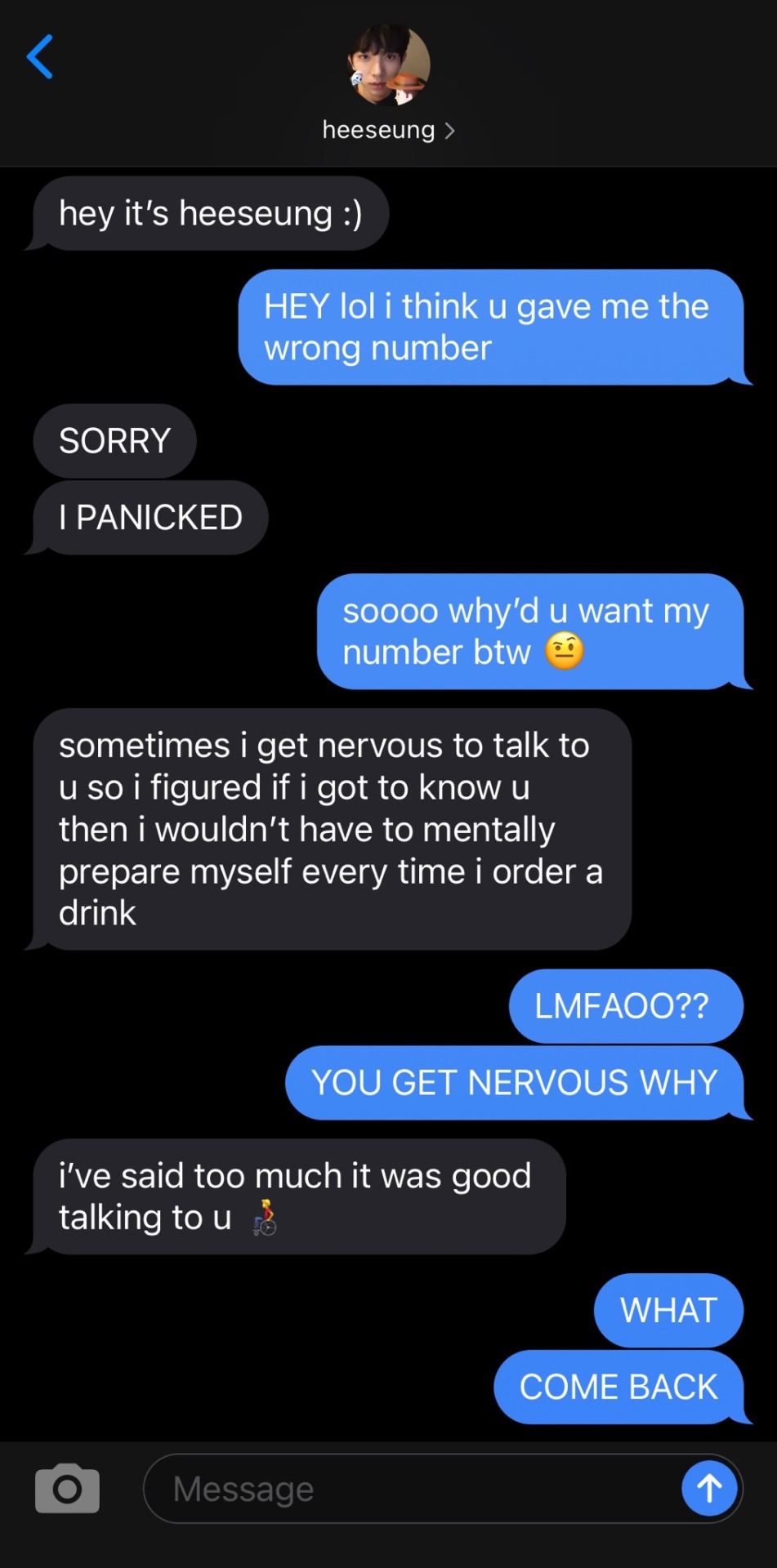
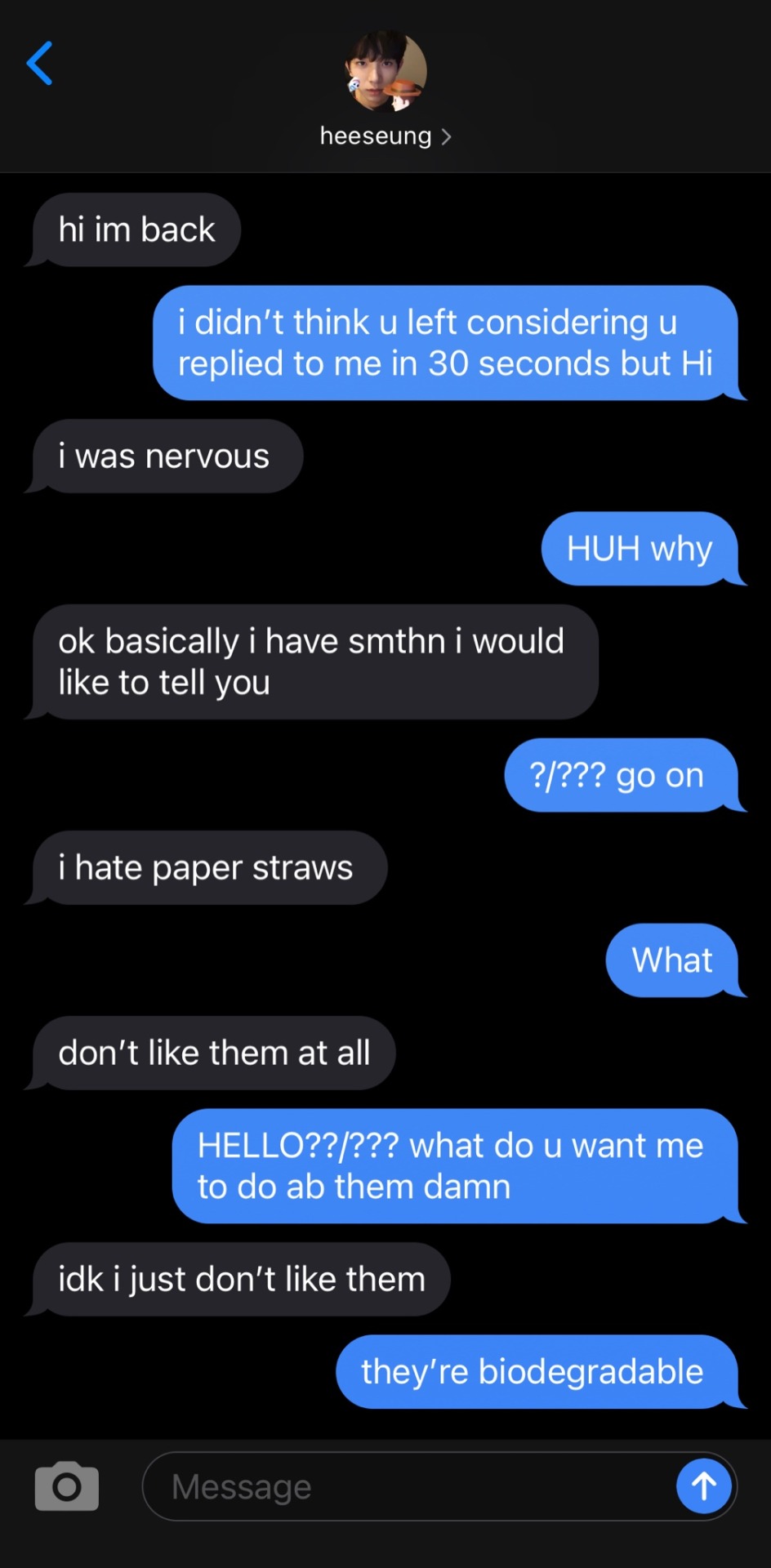
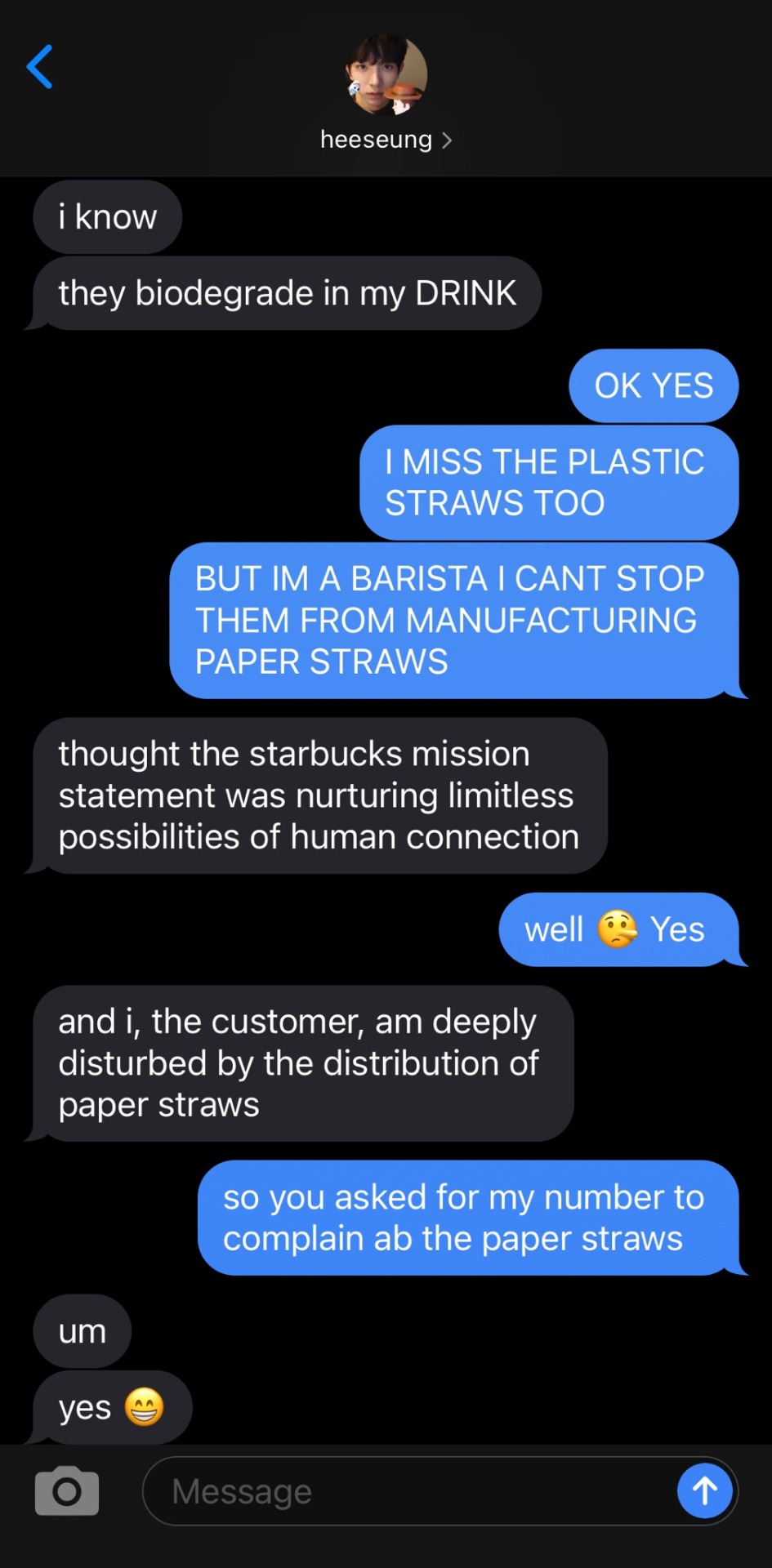


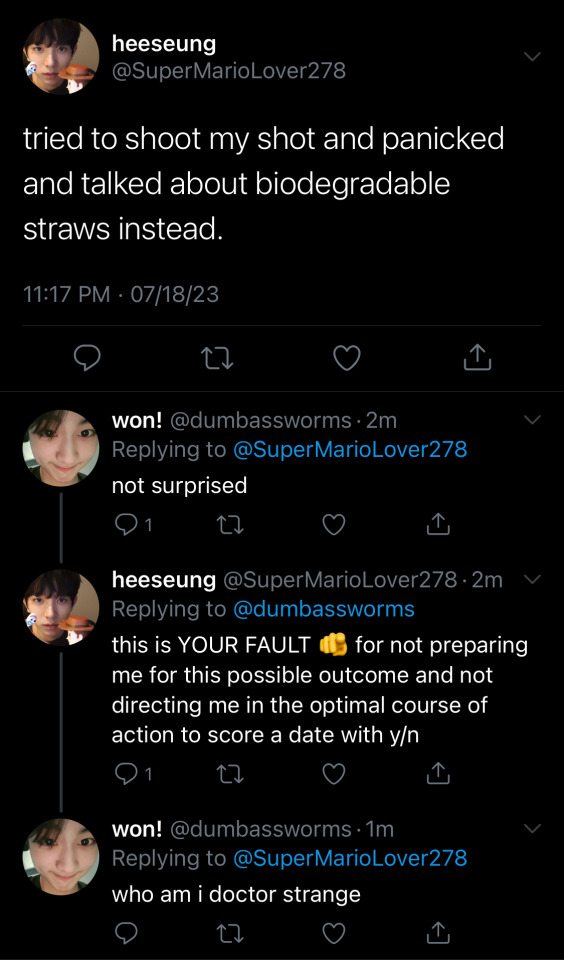
prev | masterlist | next
SUMMARY ▸ in which you work at the starbucks where heeseung is a regular at (and considered a public enemy). also he only goes when he’s stoned off his ass.
#biodegradable rizz#enhypen#enhypen smau#enhypen fluff#heeseung fluff#heeseung smau#enhypen imagines#heeseung imagines#lee heeseung#enhypen social media au#heeseung x reader#enhypen scenarios#heeseung scenarios#enhypen drabbles#heeseung drabbles#enhypen reactions#heeseung reactions
525 notes
·
View notes
Text

Durable supramolecular plastic is fully ocean-degradable and doesn't generate microplastics
Researchers led by Takuzo Aida at the RIKEN Center for Emergent Matter Science (CEMS) have developed a new durable plastic that won't pollute our oceans. The new material is as strong as conventional plastics and biodegradable, but what makes it special is that it breaks down in seawater. The new plastic is therefore expected to help reduce harmful microplastic pollution that accumulates in oceans and soil and eventually enters the food chain. The experimental findings are published Nov 22 in Science. Scientists have been trying to develop safe and sustainable materials that can replace traditional plastics, which are non-sustainable and harm the environment. While some recyclable and biodegradable plastics exist, one big problem remains. Current biodegradable plastics like PLA often find their way into the ocean where they cannot be degraded because they are water insoluble. As a result, microplastics—plastic bits smaller than 5 mm—are harming aquatic life and finding their way into the food chain, including our own bodies.
Read more.
#Materials Science#Science#Supramolecular#Plastics#Polymers#Environment#Pollutants#Cross linking#Biodegradable
40 notes
·
View notes
Text

Scarlett Yang CSM 2021 Graduate collection, Biodegradable dress made from algae.
#scarlett yang#art#nature#landscape#aesthetic#portrait#contemporary art#painting#abstract#architecture#haute couture#hautefashion#biodegradable#green fashion
894 notes
·
View notes
Photo

Really, this should be banned. They do have biodegradable ones, but they cost more.
784 notes
·
View notes
Text
one major downside of glasses is that if you’re not wearing the glasses then you can’t see the glasses. nobody is talking about this
30 notes
·
View notes
Text
Dandelion News - November 15-21
Like these weekly compilations? Tip me at $kaybarr1735 or check out my Dandelion Doodles! (sorry it's slightly late, the links didn't wanna work and I couldn't figure it out all day)
1. Wyoming's abortion ban has been overturned, including its ban on abortion medication

“Wyoming is the second state to have its near-total abortion ban overturned this month[…. Seven other states] also approved amendments protecting the right to an abortion. A lawsuit seeking to challenge the [FDA]’s approval of abortion medication recently failed when the Supreme Court refused to hear it[….]”
2. Patches of wildflowers in cities can be just as good for insects as natural meadows – study

“This study confirmed that small areas of urban wildflowers have a high concentration of pollinating insects, and are as valuable to many pollinators as larger areas of natural meadow that you would typically find rurally.”
3. Paris could offer new parents anti-pollution baby 'gift bags' to combat 'forever chemicals'

“The bag includes a stainless steel baby cup, a wooden toy, reusable cotton wipes, and non-toxic cleaning supplies as part of a "green prescription". […] The city will also have 44 centres for protecting mothers and infants that will be without any pollutants[….]”
4. Indigenous guardians embark on a sacred pact to protect the lowland tapir in Colombia
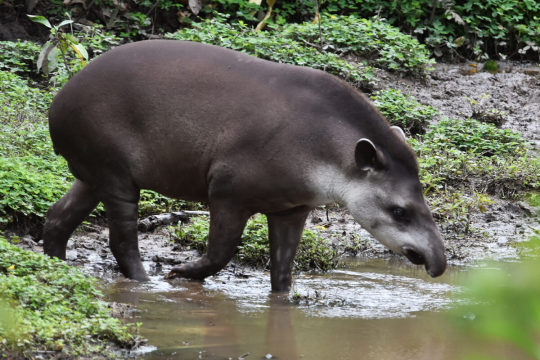
“The tapir is now the focus of an Indigenous-led conservation project[… A proposed “biocultural corridor”] will protect not only the populations and movements of wildlife such as tapirs, but also the cultural traditions and spirituality of the Inga and other neighboring Indigenous peoples[….]”
5. Denmark will plant 1 billion trees and convert 10% of farmland into forest

“[…] 43 billion kroner ($6.1 billion) have been earmarked to acquire land from farmers over the next two decades[.… In addition,] livestock farmers will be taxed for the greenhouse gases emitted by their cows, sheep and pigs from 2030, the first country to do so[….]”
6. The biggest grid storage project using old batteries is online in Texas

“[Element operates “used EV battery packs” with software that can] fine-tune commands at the cell level, instead of treating all the batteries as a monolithic whole. This enables the system to get more use out of each cell without stressing any so much that they break down[….]””
7. Durable supramolecular plastic is fully ocean-degradable and doesn't generate microplastics

“The new material is as strong as conventional plastics and biodegradable, [… and] is therefore expected to help reduce harmful microplastic pollution that accumulates in oceans and soil and eventually enters the food chain.”
8. Big Oil Tax Could Boost Global Loss and Damage Fund by 2000%

“[… A] tax on fossil fuel extraction, which would increase each year, combined with additional taxes on excess profits would […] generate hundreds of billions of dollars by the end of the decade to assist poor and vulnerable communities with the impact of the climate crisis[….]”
9. Rooftop solar meets 107.5 pct of South Australia’s demand, no emergency measures needed

“[T]he state was able to export around 658 MW of capacity to Victoria at the time[….] The export capacity is expected to increase significantly as the new transmission link to NSW[…] should be able to allow an extra 150 MW to be transferred in either direction by Christmas.”
10. Light-altering paint for greenhouses could help lengthen the fruit growing season in less sunny countries

“[Scientists] have developed a spray coating for greenhouses that could help UK farmers to produce more crops in the future using the same or less energy[… by optimising] the wavelength of light shining onto the plants, improving their growth and yield.”
November 8-14 news here | (all credit for images and written material can be found at the source linked; I don’t claim credit for anything but curating.)
#hopepunk#good news#abortion#abortion rights#reproductive rights#pollinators#guerrilla gardening#wildflowers#paris#babies#new parents#tapir#indigenous#denmark#reforestation#electric vehicles#energy storage#plastic#microplastics#biodegradable#fossil fuels#solar panels#gardening#solar energy#solar power#nature#us politics#technology#australia#uk
137 notes
·
View notes
Text

🩷💜💙
@totally-not-peter-parker
#biodegradable confetti—courtesy of Tony stark#(っᵔ◡ᵔ)っ(˶ᵔ ᵕ ᵔ˶)#spider man fanart#fanart#Spider-Man#roleplay blog#spider man roleplay#art#Spider-Man art#doodle#quick doodle
36 notes
·
View notes
Text
I like to head canon that the technology of TOS *is* the future because it is more sustainable than our current tech. We must go back to knobs n levers
#sttos#the shirts are thin and weak because theyre made of a biodegradable material you can replicate a dime a dozen right there on that naval ship
24 notes
·
View notes